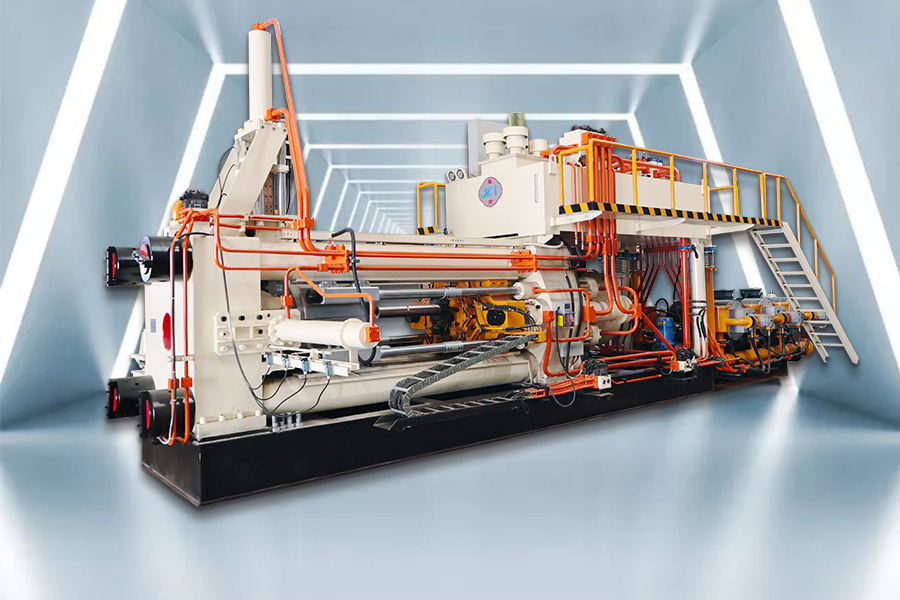
With the increasing adoption of aluminum profiles across various industries, the complexity of profile cross-sections and dimensions continues to grow. Aluminum extrusion press machine, as key equipment in aluminum product manufacturing, significantly impact the surface quality and dimensional precision of aluminum profiles. A high-quality extrusion press can bring substantial economic benefits to enterprises. As the industry trends toward larger-scale and automated presses, selecting the right equipment has become a crucial challenge for manufacturers. Below are some practical guidelines to assist in choosing the most suitable Extrusion press, using Huanan Heavy Industry Technology Co., Ltd. as an example.
1. Choose Based on Machine Type
Extrusion presses can be categorized by their structure, transmission method, and functional purpose. Common types include hydraulic, oil-hydraulic, vertical, horizontal, forward extrusion, and backward extrusion presses. When selecting the appropriate type, consider the specific aluminum alloy and its intended application. For instance, a forward single-action horizontal press is ideal for extruding 6063-T5 industrial aluminum profiles, while a forward double-action horizontal press suits soft alloy tubing. Enterprises should choose based on their production needs and budget. In industrial production, forward single-action horizontal hydraulic extrusion press machine are the most widely used.
2. Choose Based on Extrusion Capacity
After deciding on the type, the next step is to determine the press's extrusion capacity. Extrusion presses are classified as heavy-duty, large, medium, or small based on their force capacity. For example, a 7500-ton hydraulic press is heavy-duty, a 4000-ton press is large, a 2500-ton press is medium, and presses under 1000 tons are small. The required extrusion capacity is calculated based on production conditions, technical capabilities, and market demands. Parameters such as annual production hours and hourly output must be considered.
The size and complexity of the profile cross-section, as well as the alloy composition, dictate the required extrusion force. For example, standard aluminum profiles typically require 250-400 MPa, hollow profiles need 450-1000 MPa, while pure aluminum requires a lower force of 150-250 MPa. Additionally, the extrusion method impacts the force required—forward extrusion generally demands 1/3 more force than backward extrusion.
3. Choose Based on Equipment Grade
Once the type and capacity are decided, the next step is to select the appropriate grade of extrusion press. This choice should align with the manufacturer’s product positioning and budget. For mid-range aluminum profiles, domestic extrusion presses are a cost-effective option. However, for high-end products, investing in imported equipment may be necessary.
Regardless of the grade, the decision should be practical and economically sound. For instance, if your production focuses on mid-range profiles, there’s no need to opt for high-cost imported presses from Germany. Not only is the initial investment significantly higher, but maintenance and operational costs also increase, potentially impacting production schedules. It’s essential to evaluate all aspects comprehensively and choose Aluminum extrusion equipment that fits your operational needs and financial capacity.
By following these principles, aluminum profile manufacturers can make informed decisions, ensuring efficiency and quality while optimizing costs.